
Vaccination is the best defense against the flu
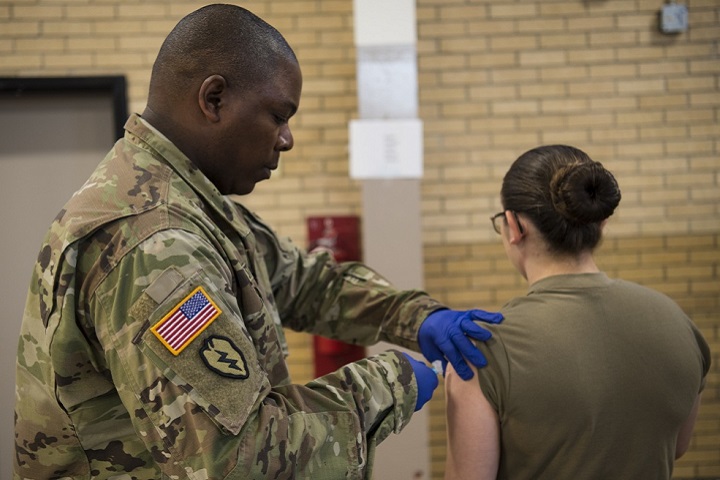
Vaccination is the primary method for preventing influenza and its complications and getting an annual influenza vaccine is the best way to protect yourself and your family from the flu. (U.S. Army photo by Staff Sgt. Erica Knight)
SAN ANTONIO – The recent Influenza Awareness Week, Dec. 2-8 educates military personnel about the potential impacts of influenza, or the flu, on the Department of Defense mission and Force Health Protection Readiness.
Army Col. Tammy K. Mayer, Consultant for Army Public Health Nursing and Health Promotion for the U.S. Army Surgeon General said, ”The more that the community knows about flu prevention the better. Stopping the spread of influenza allows us to stay healthy and avoid missing school or work. We are fortunate to have a vaccine to help us in the fight against this deadly disease.”
Vaccination is the primary method for preventing influenza and its complications and getting an annual influenza vaccine is the best way to protect yourself and your family from the flu.
Vaccination is needed every year because the Influenza viruses change every few years and scientists continue to monitor which viruses are circulating, and change the ingredients in influenza vaccines to match them.
How well the influenza vaccine works (or its ability to prevent influenza illness) can range widely from season to season. The vaccine’s effectiveness also can vary depending on who is being vaccinated.
The two main factors in the effectiveness of the vaccine is the health of the patient and the match between the influenza viruses that the influenza vaccine is designed to protect against and the influenza viruses spreading in the community.
“Each year, the flu vaccine must be reformulated to ensure it is effective. It’s a complex process and can take several months to research and then manufacture the vaccine. Currently there is research underway to develop a universal flu vaccine that provides improved protection against more subtypes of the virus. It may also eliminate the need to get a flu shot every year. There is also ongoing research to reduce the time to manufacture and develop the vaccine from months to weeks,” said Mayer.
“The Army takes flu prevention seriously because of the potential impact of an outbreak on individual and unit readiness. The vaccine is mandatory for service members and strongly encouraged for all other beneficiaries. Most people can recover from the flu by staying home and resting. This also helps to stop the spread of flu” said Mayer.
Patients without access to a military treatment facility can get the influenza vaccine from a participating retail network pharmacy or their health care provider. Active Duty Service members should follow their service policy for getting vaccinated and making sure it’s recorded.
Annual influenza vaccination is mandatory for civilian healthcare personnel who provide direct patient care and highly recommended for all other hospital employees who work in DoD facilities.
Pregnant women are at an increased risk for severe illness and complications if infected with the influenza virus. The Centers for Disease Control recommends that pregnant women with continued concerns or questions about the influenza vaccination should discuss these with their healthcare provider in order to make an informed decision regarding vaccination.
For those who feel the vaccine may make them sick, Mayer recommends understanding their concerns.
“Everyone who presents for a flu shot will be screened to make sure it’s safe for them to receive the vaccine. I try to help people understand the science behind vaccine development and how the body develops immunity. I also share that there are many other precautions in stopping the spread of the flu and other illnesses, including good washing, cough etiquette, and staying home when you are sick,” said Mayer.
Like any medication, vaccines can cause side effects. The most common side effects are mild and resolve on their own within 24-48 hours. More serious adverse events are rare. Some children should not get certain vaccines for medical reasons, while others should receive more vaccines due to high-risk medical conditions.
Disclaimer: Re-published content may have been edited for length and clarity. Read original post.
Fleet surgical team saves life aboard USS Somerset
Article
12/6/2018
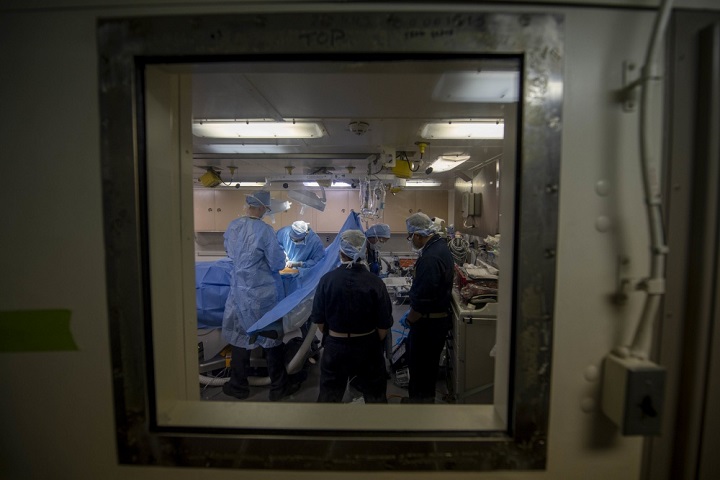
We were able to determine he had acute appendicitis
New training mannequins help Soldiers save lives
Article
11/28/2018
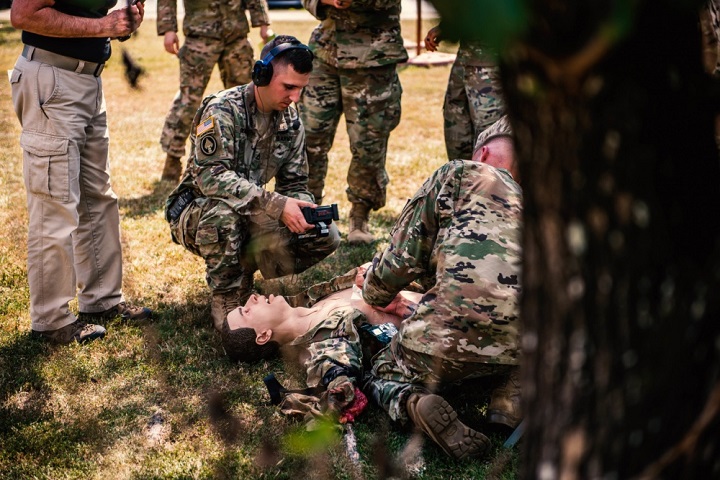
The realism of it creates that white-knuckle sensation and adrenalin for the Soldier
Rabies
Infographic
11/20/2018

Although Germany is rabies-free for terrestrial land mammals, rabies exposure remains a concern for U.S. military personnel assigned there because of personal and military travel and deployments to rabies endemic countries. Deployments have become much more variable both in location and duration. Deployments have increasingly focused on enhancing ...
Cold Weather Injuries
Infographic
11/20/2018

This update summarizes the frequencies, incidence rates, and correlates of risk of cold injuries among members of both active and reserve components of the U.S. Armed Forces during the past 5 years.
Malaria
Infographic
11/20/2018

This report describes a cluster of 11 soldiers with vivax malaria among U.S. military personnel who trained at Dagmar North training area, near the demilitarized zone (DMZ), in the Republic of Korea (ROK) in 2015.
Global Routine Vaccination Coverage — 2017
Report
11/16/2018
Global coverage with vaccines to prevent diphtheria, tetanus, pertussis, polio, and measles has remained at 84%–85% since 2010. Prioritizing countries with the highest number of unvaccinated children to implement context-specific strategies has the potential to increase immunization coverage globally.
Updated Framework for Development of Evidence-Based Recommendations by the Advisory Committee on Immunization Practices
Report
11/16/2018
In 2010, the Advisory Committee on Immunization Practices (ACIP) implemented the Grading of Recommendations Assessment, Development and Evaluation (GRADE) approach for developing evidence-based recommendations. Since its February 2018 meeting, ACIP has incorporated the use of Evidence to Decision or Evidence to Recommendation (EtR) frameworks into GRADE methodology.
Pararescue medics rehearse for unique mission
Article
11/7/2018
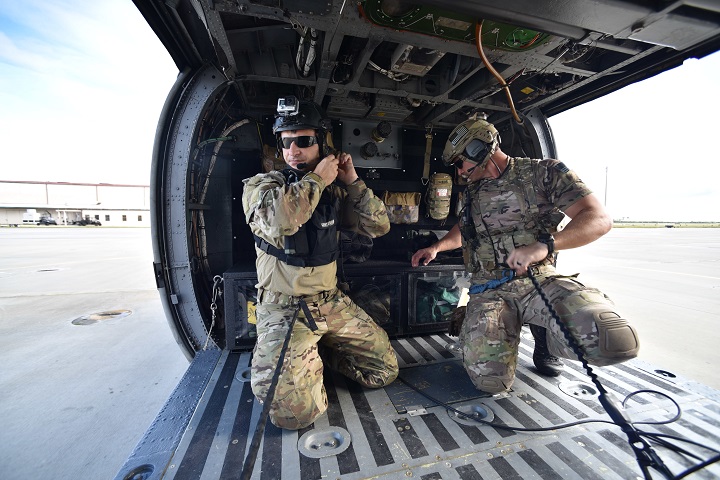
The 920th RQW is ready to support the next era of human space flight
DoD, FDA working together to benefit warfighters
Article
11/2/2018
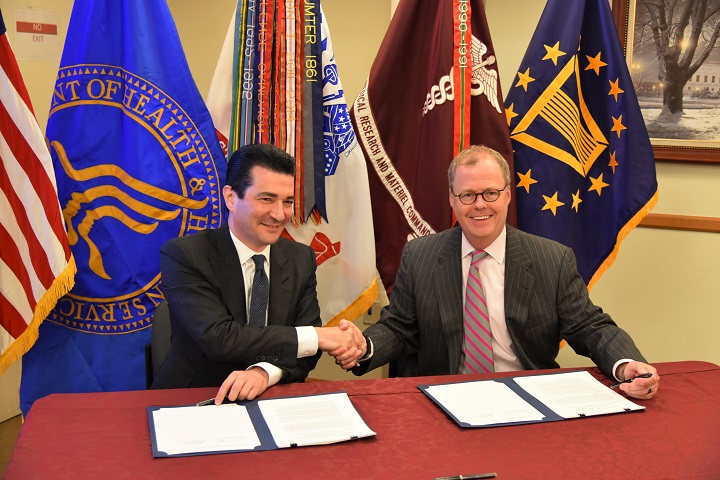
DoD and FDA leaders signed a memorandum of understanding to foster and prioritize the development of critical medical products
DoD Flu VE
Infographic
10/26/2018

Each season, several entities within the(DoD) perform surveillance for influenza among beneficiaries and utilize these data to perform VE analyses to estimate how well the seasonal vaccine protects against medically-attended influenza.
Psychiatric Medical Evaluations
Infographic
10/26/2018

This study evaluated incidence of pre-deployment family problem diagnoses and psychiatric medical evacuations among a population of active component service members without a history of previous mental health diagnoses, who deployed to the U.S. Central Command Area of Responsibility for the first time between 1 January 2002 and 31 December 2014.
Pelvic Inflammatory Disease
Infographic
10/26/2018

The purpose of this study was to update previous MSMR analyses of the incidence of acute Pelvic inflammatory disease (PID) among U.S. active component women using a 21-year surveillance period from 1996 through 2016. A secondary objective was to report on the proportion of service women with previously diagnosed PID who were subsequently diagnosed ...
Immunization Tool Kit 9th Edition
Publication
10/25/2018
A practical reference that facilitates and enhances the global delivery of quality immunization healthcare to Department of Defense (DoD) beneficiaries and employees. The Defense Health Agency Immunization Healthcare Branch (DHA-IHB) publishes the Immunization Tool Kit based on national recommendations, evidenced-based, peer-reviewed published medical ...
WRAIR begins Phase 1 clinical trial of Marburg vaccine
Article
10/19/2018
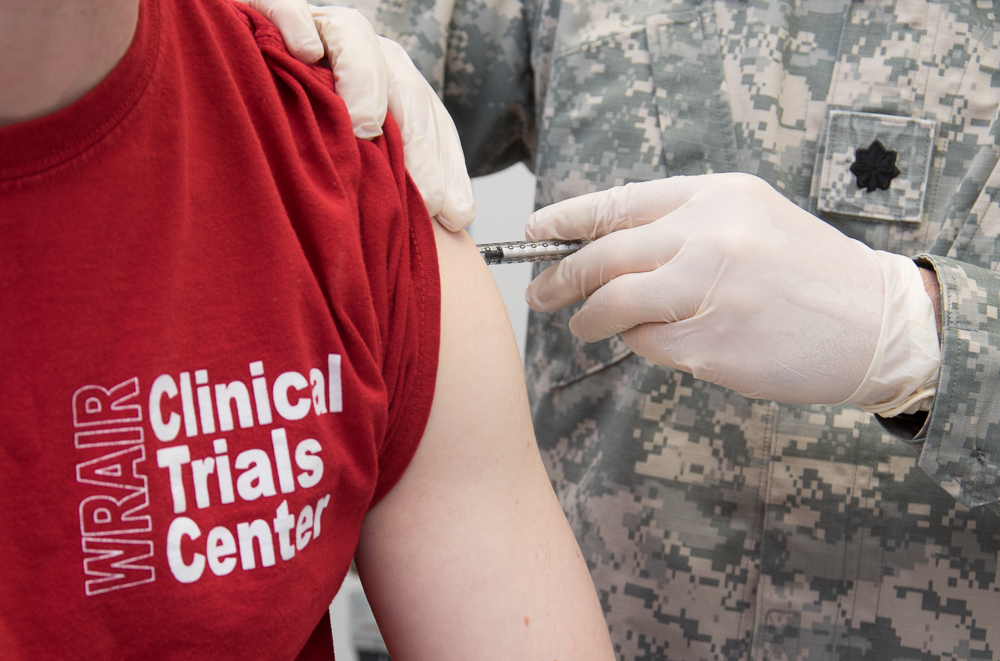
WRAIR recently administered the first vaccine in a Phase 1 clinical trial to evaluate the safety and immunogenicity of a Marburg vaccine
USNS Comfort conducts mass casualty training exercise
Article
10/15/2018
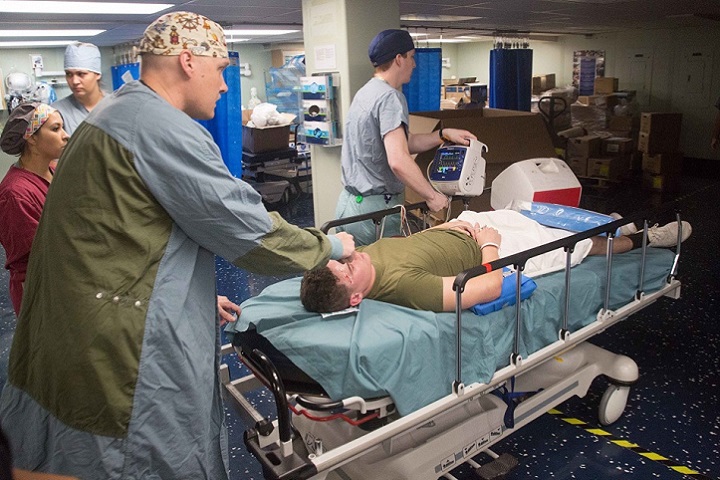
A mass casualty event, by nature, is chaotic






















.png)











No hay comentarios:
Publicar un comentario